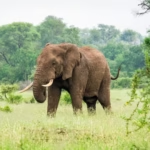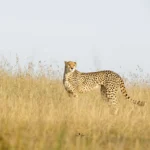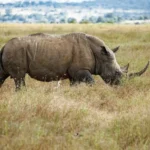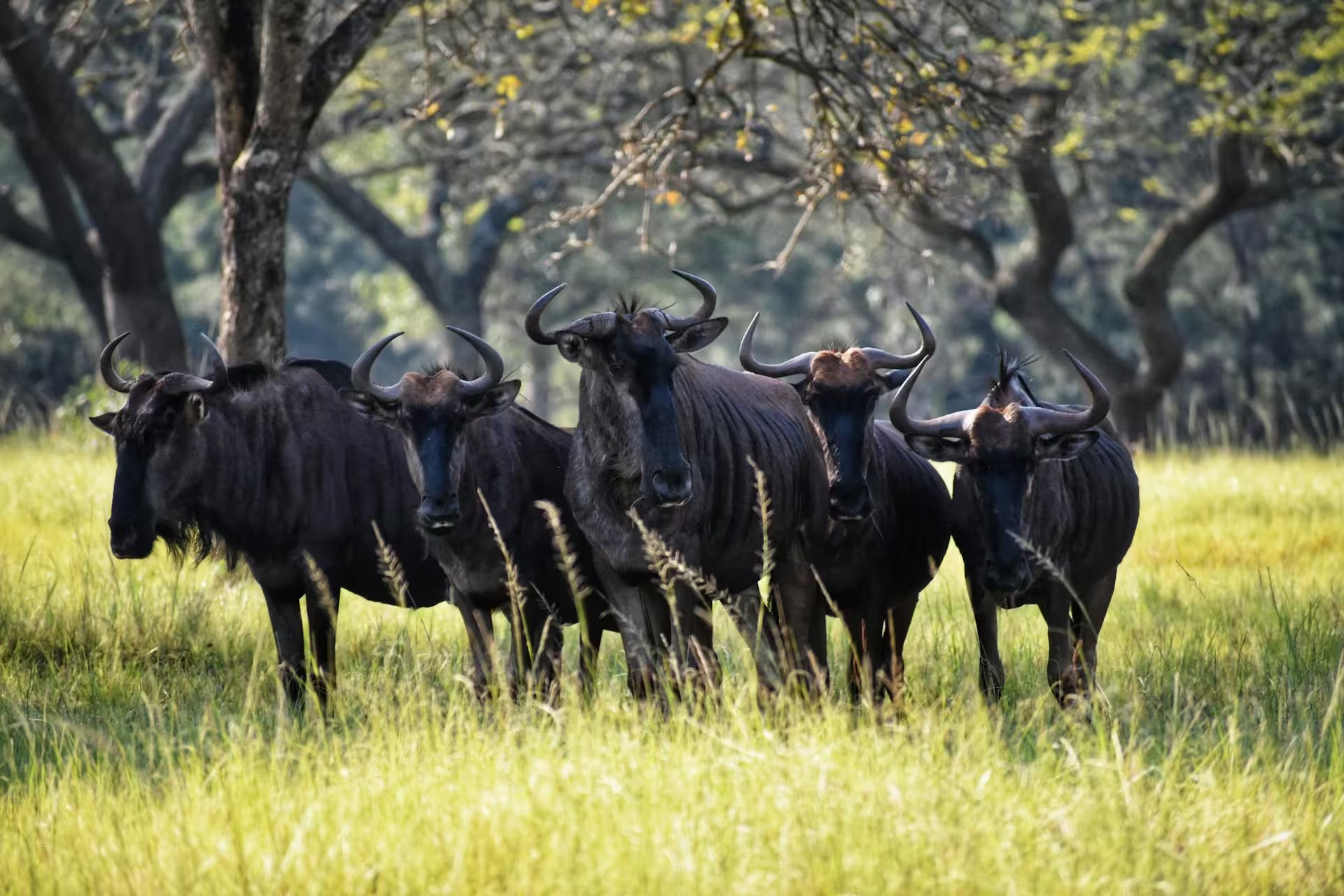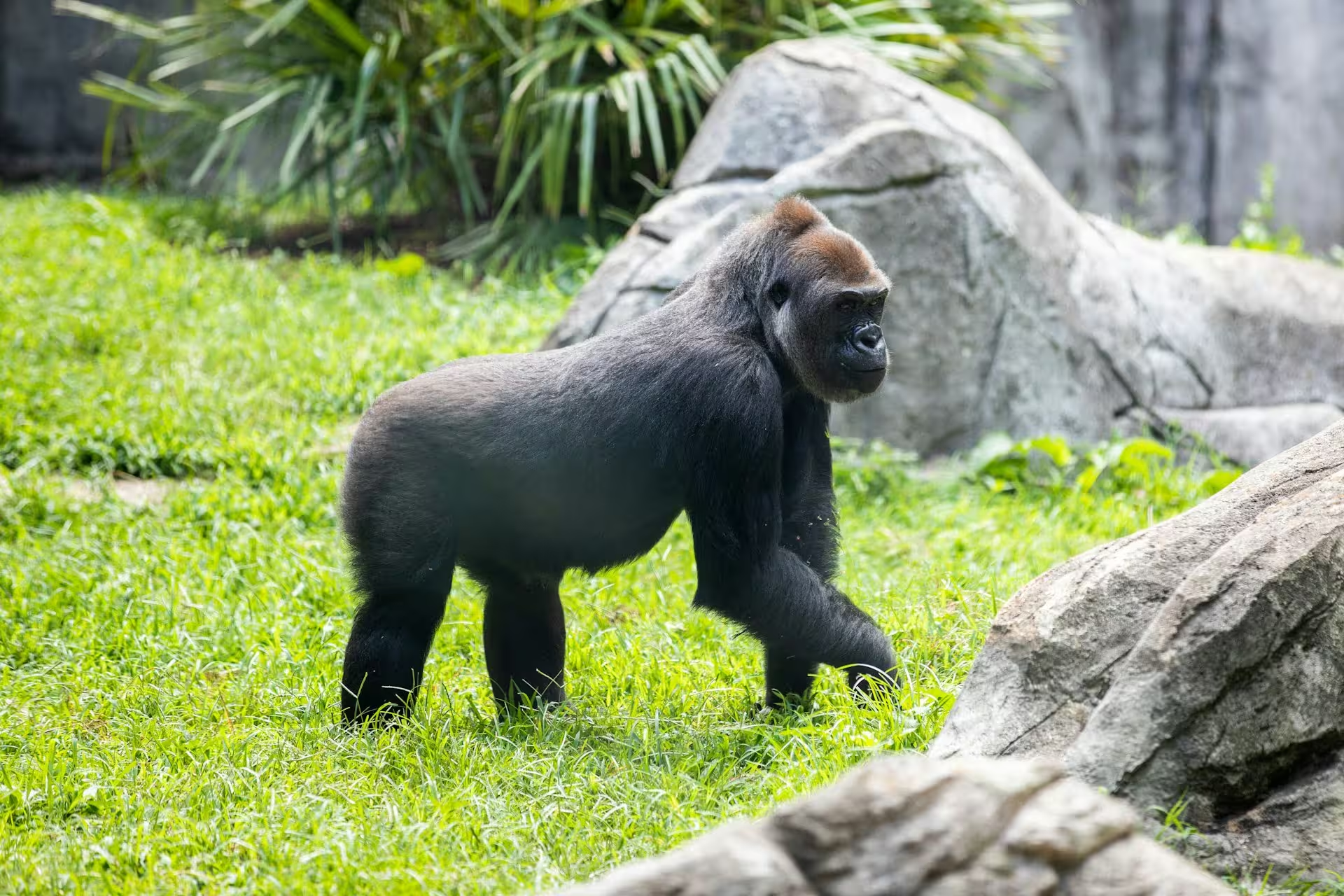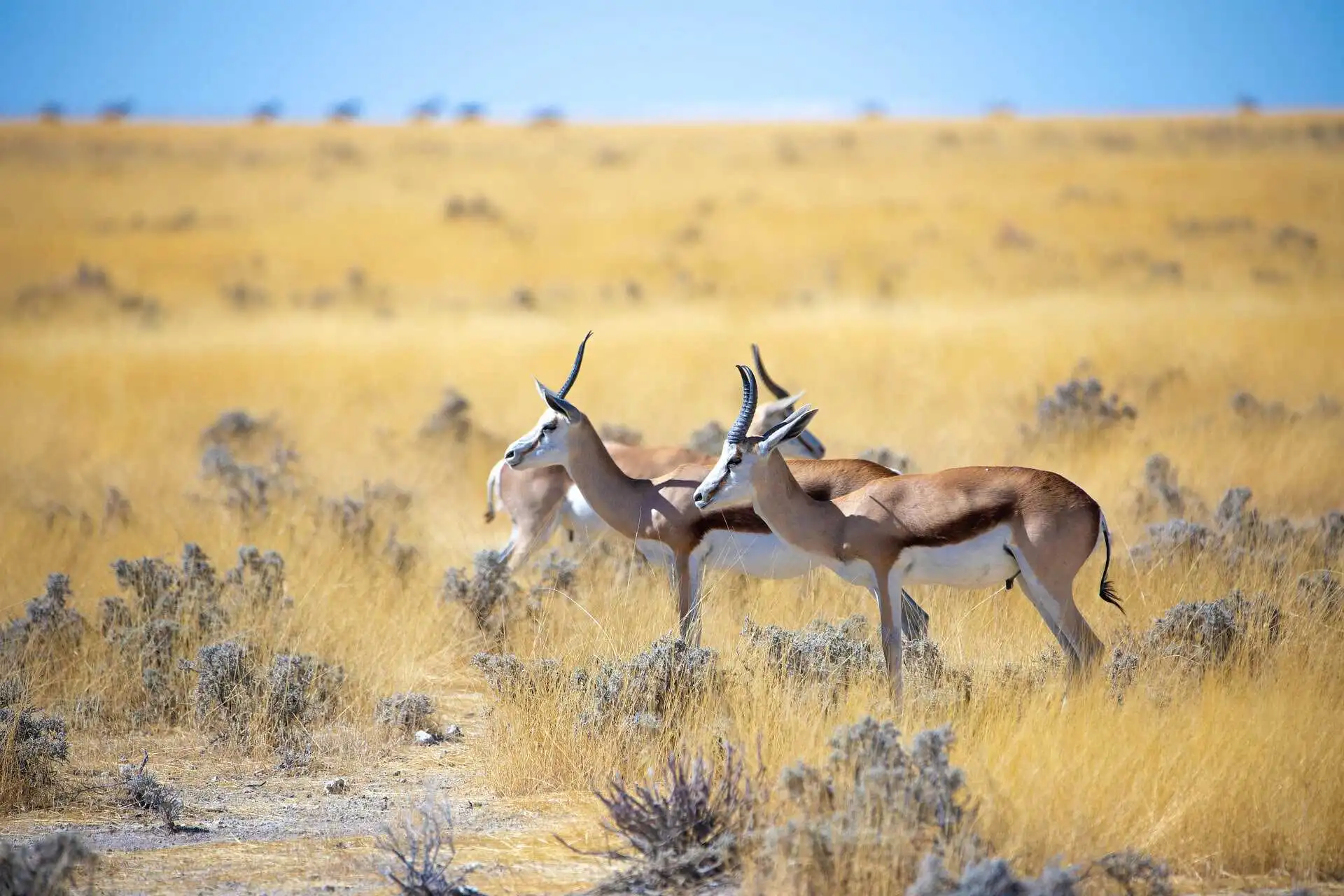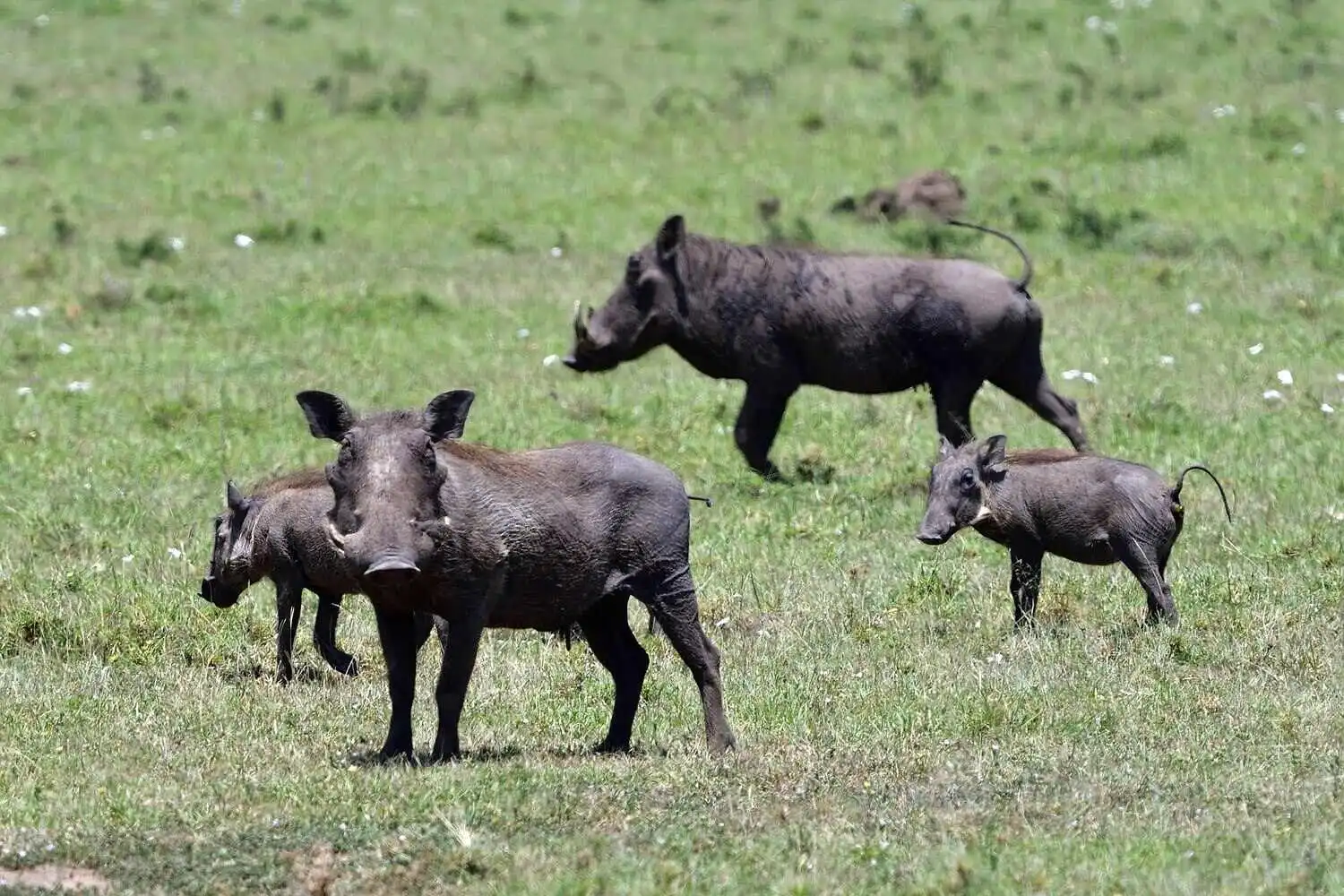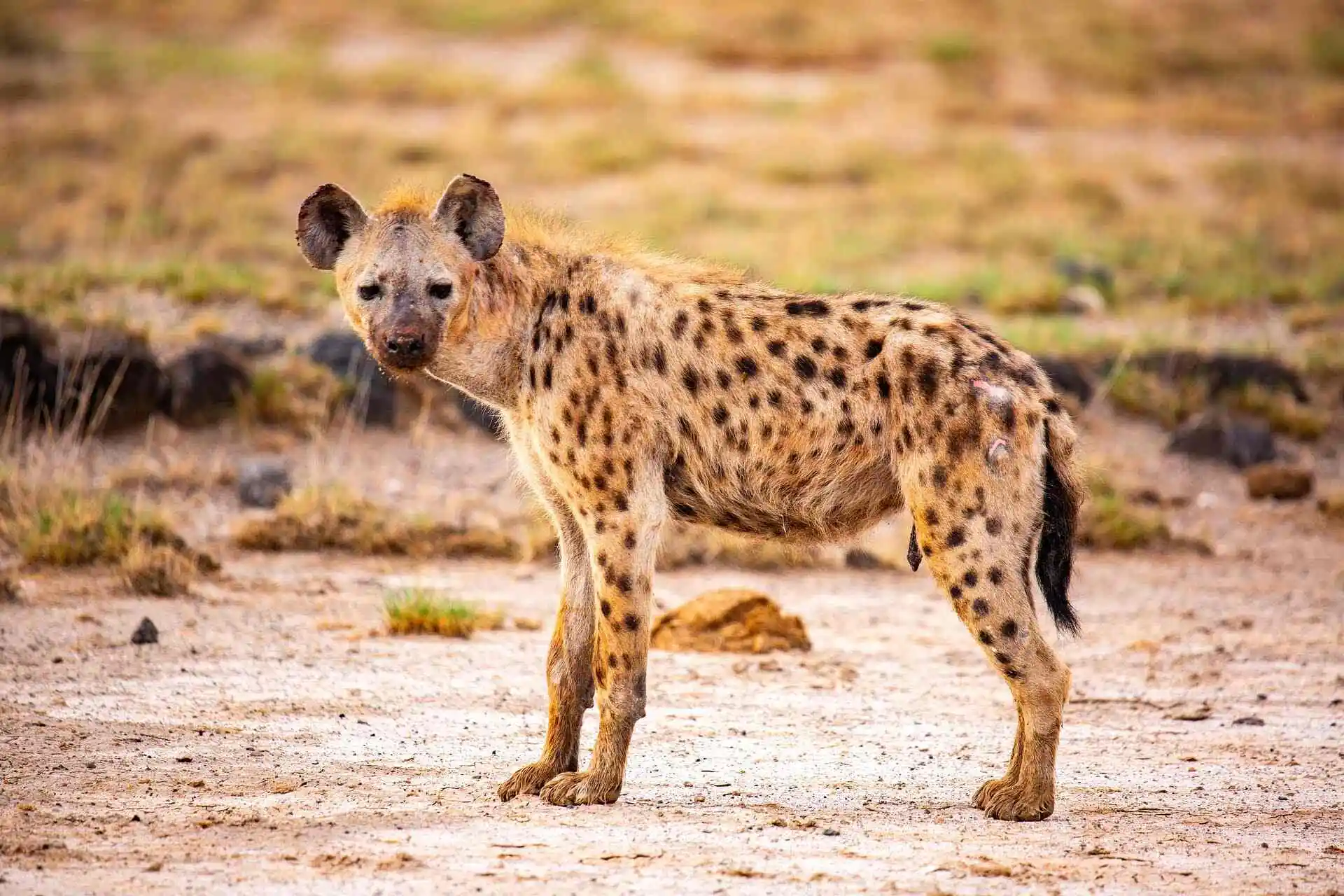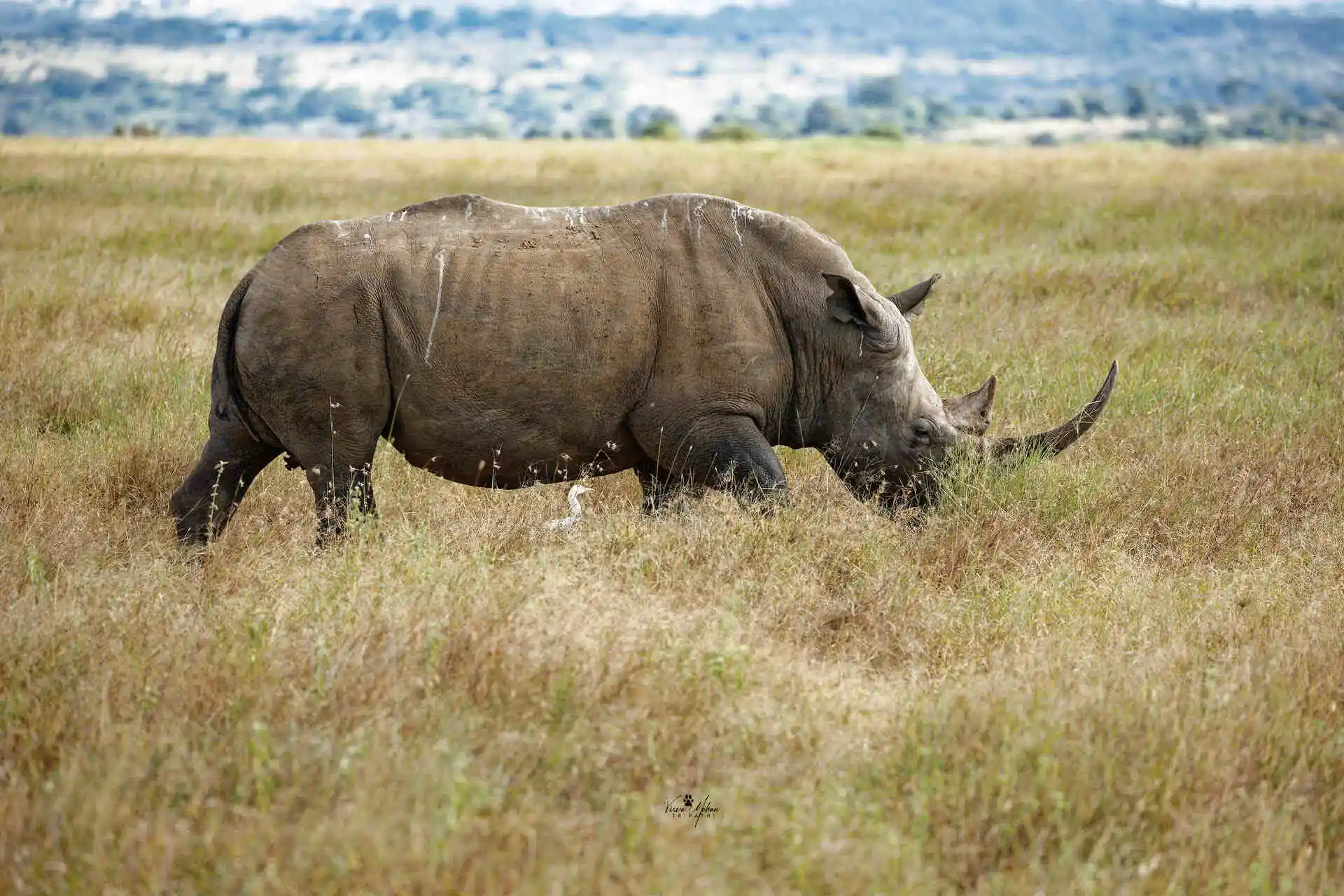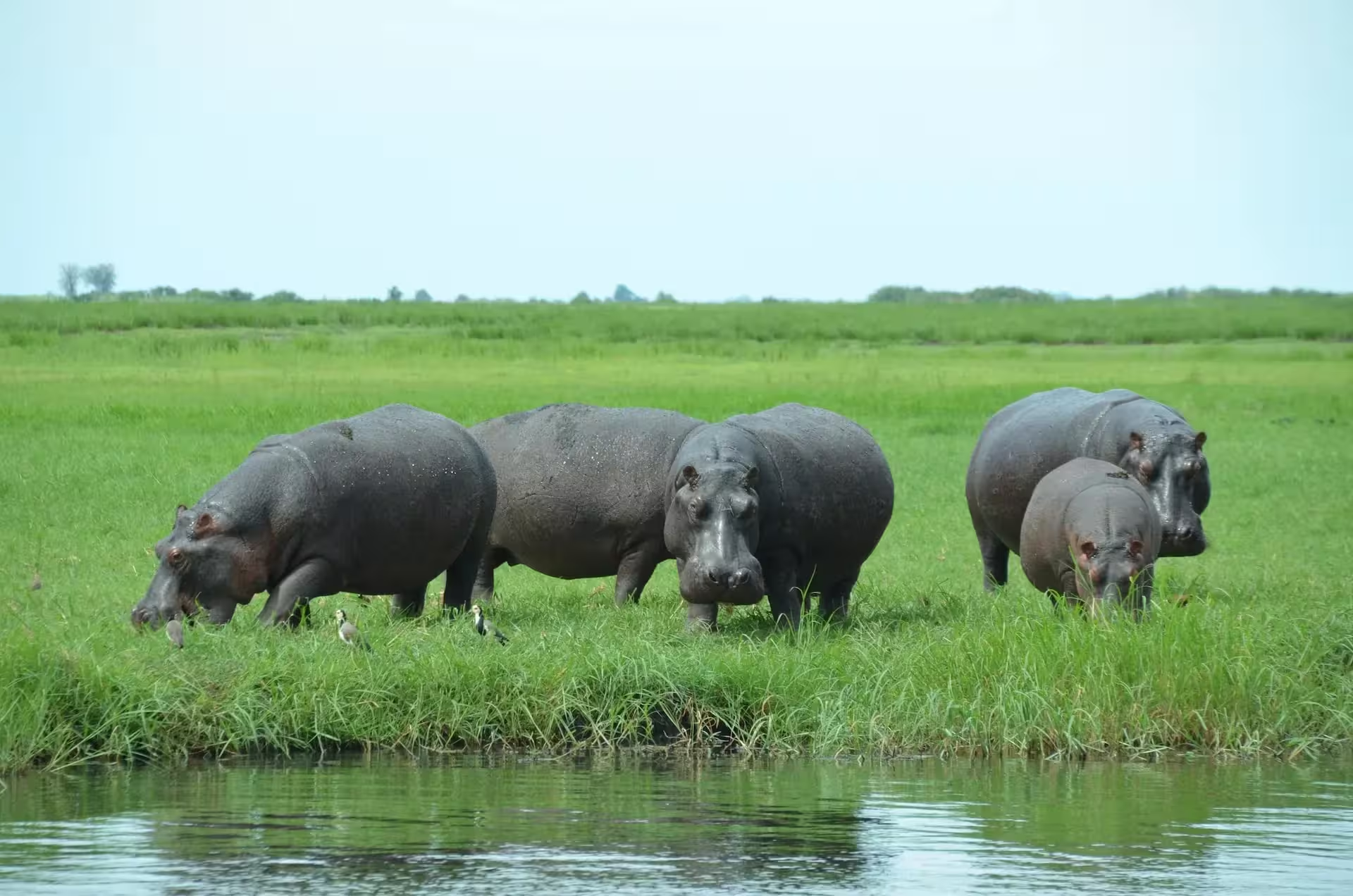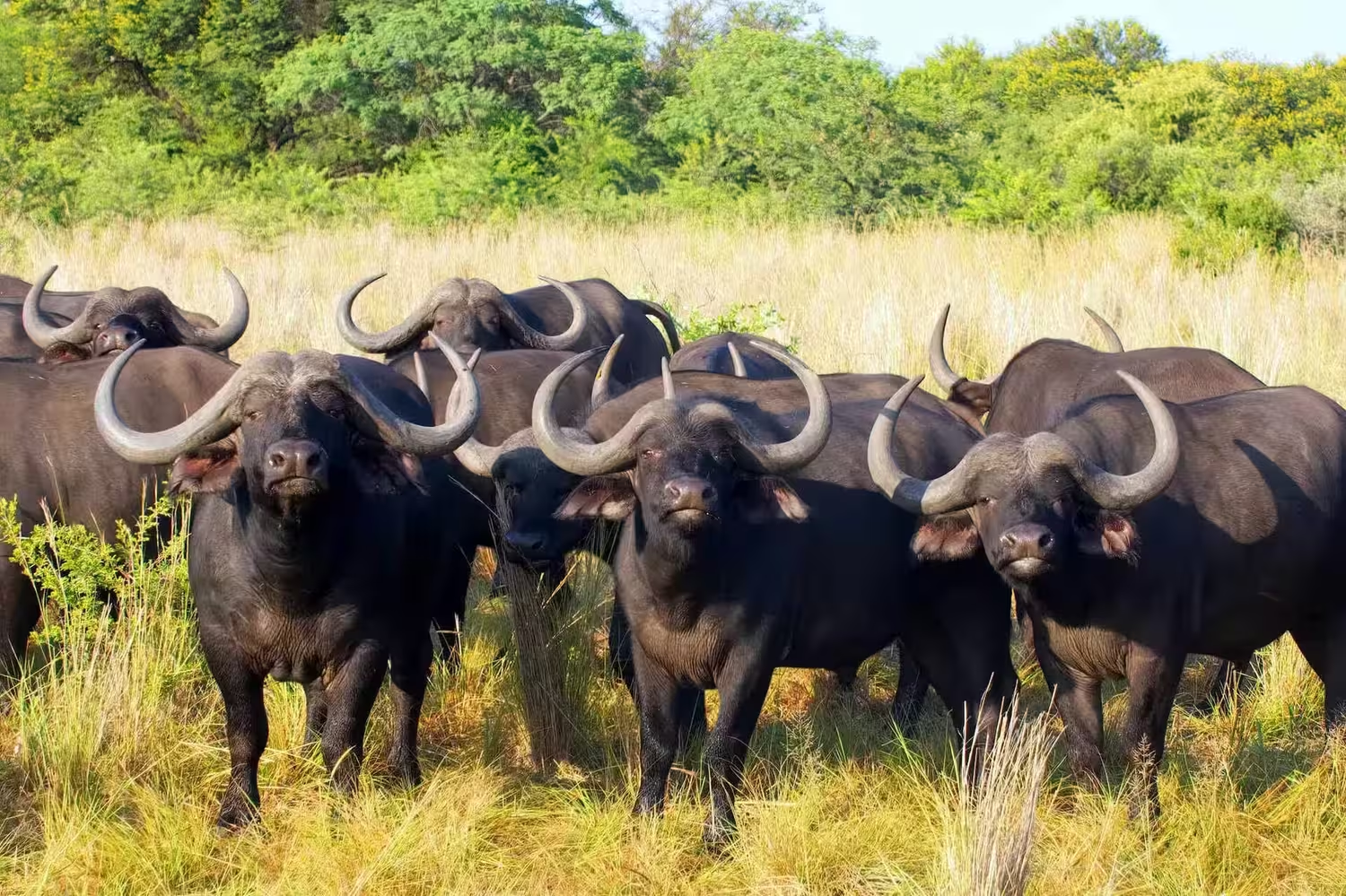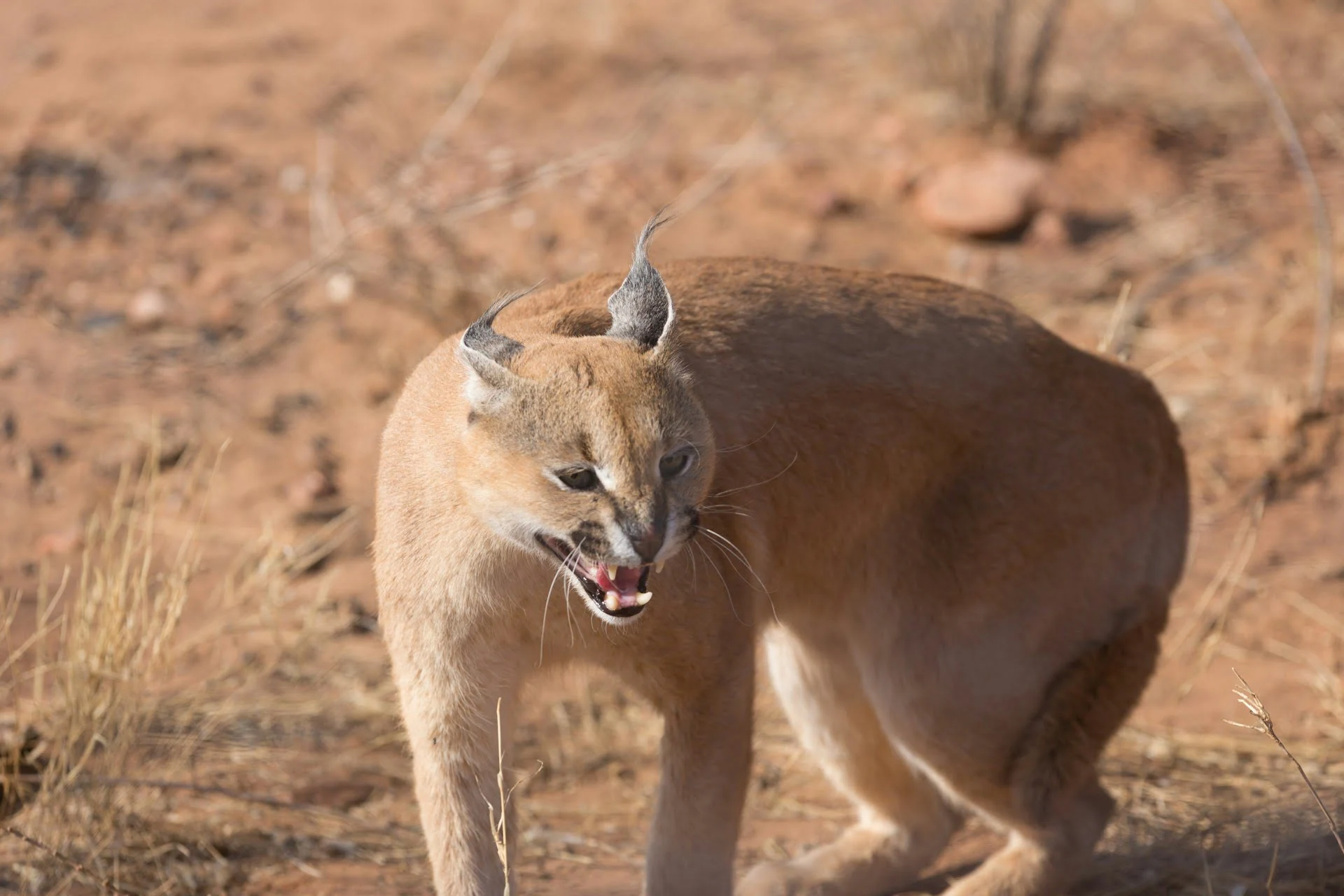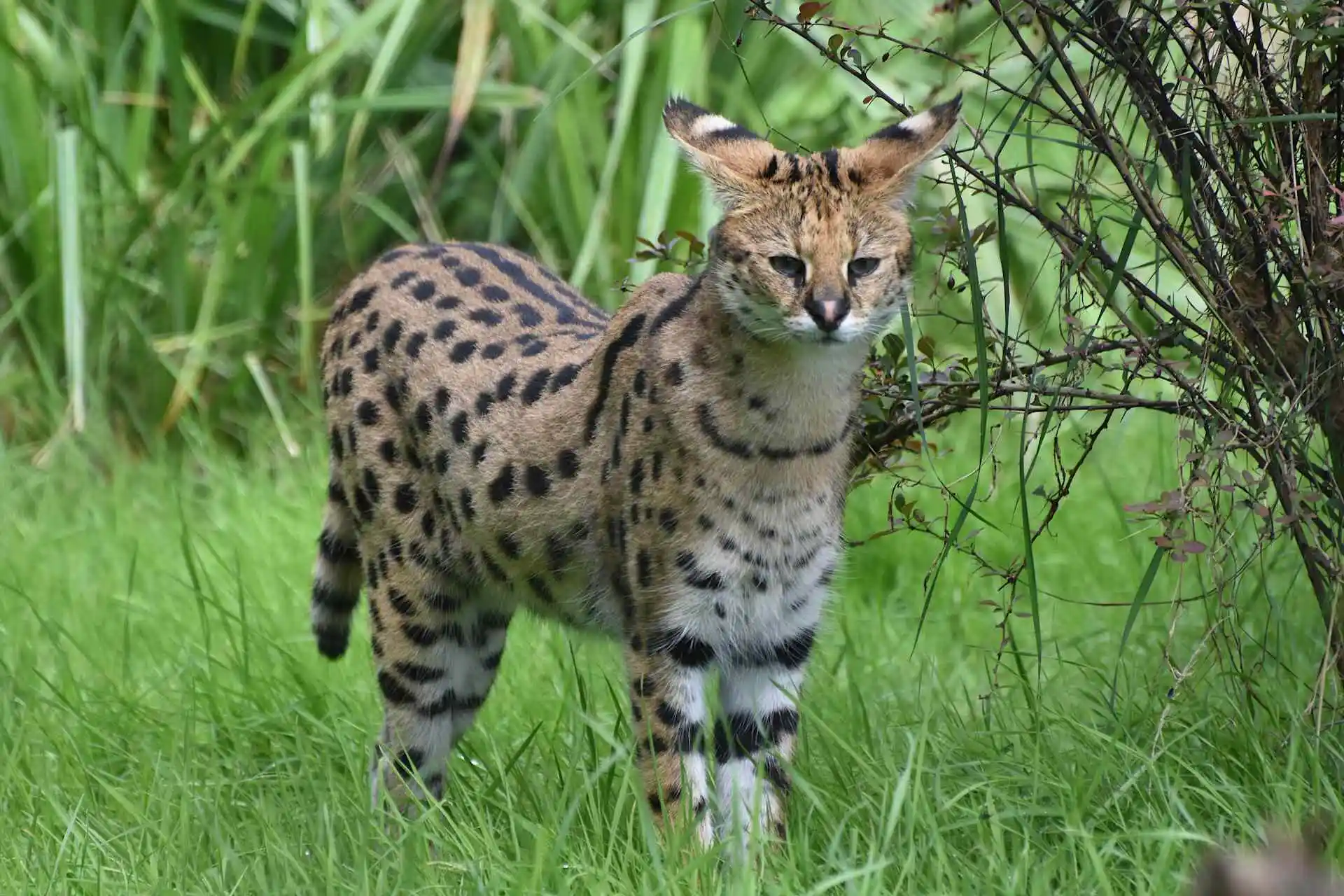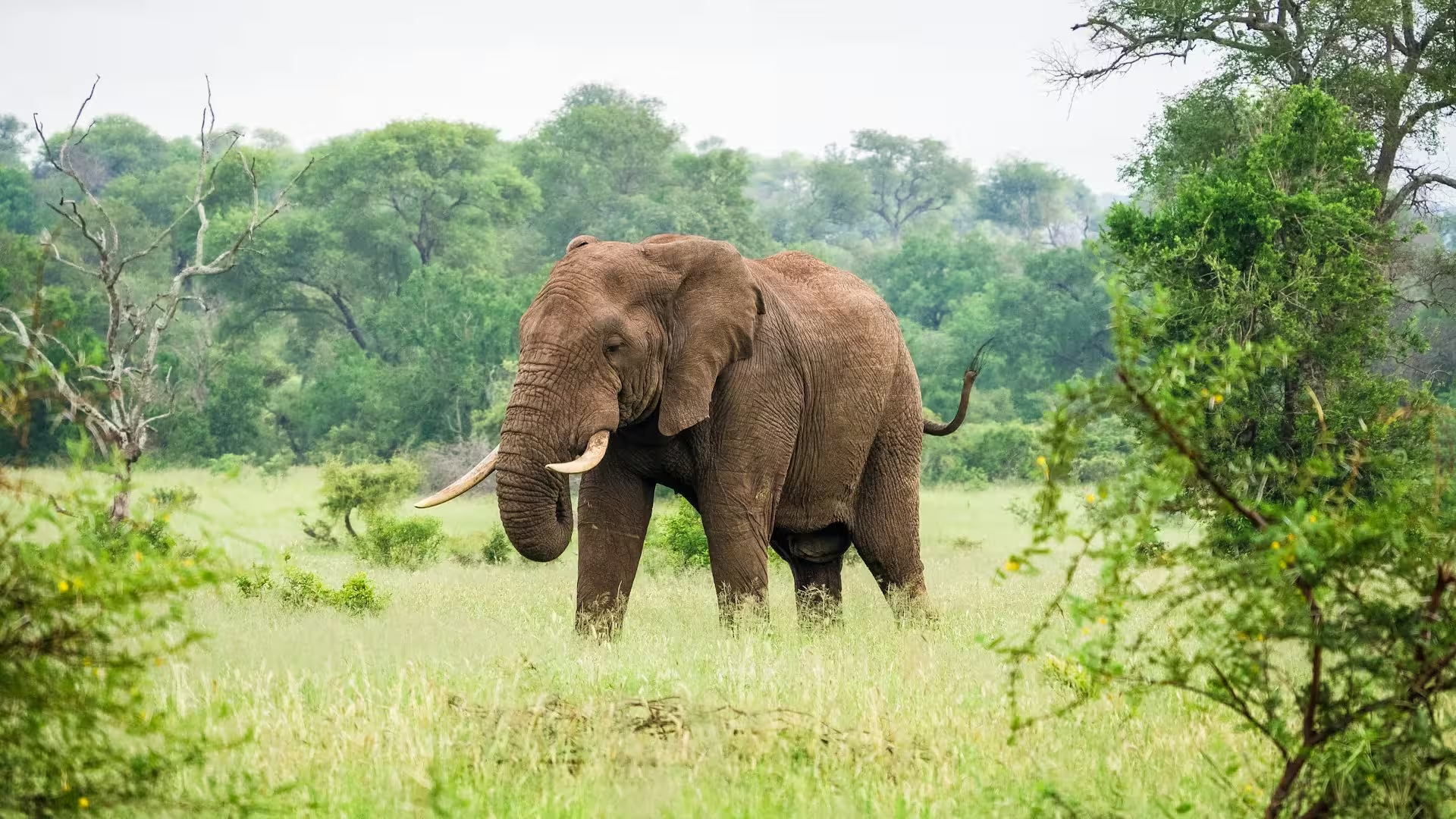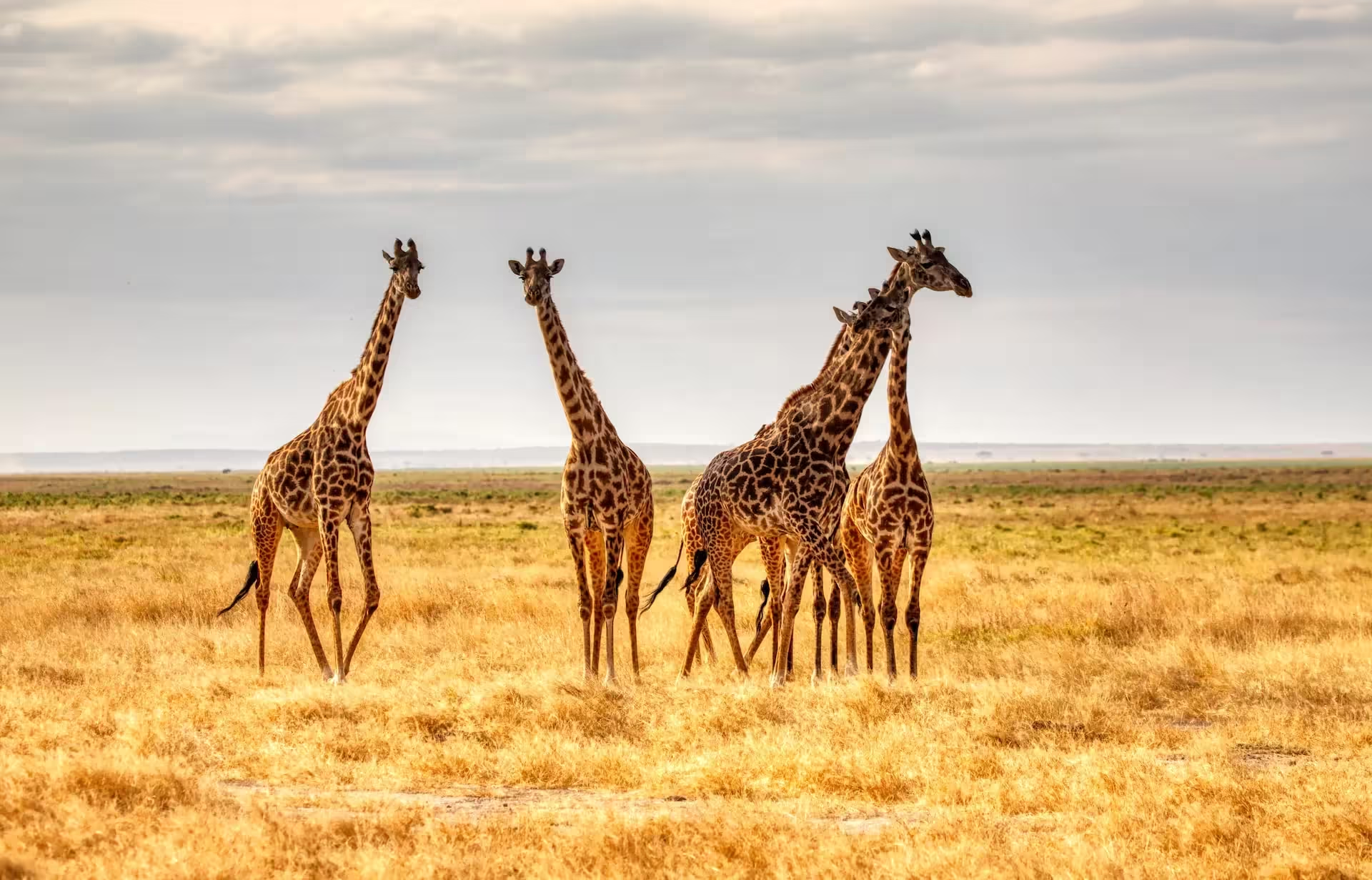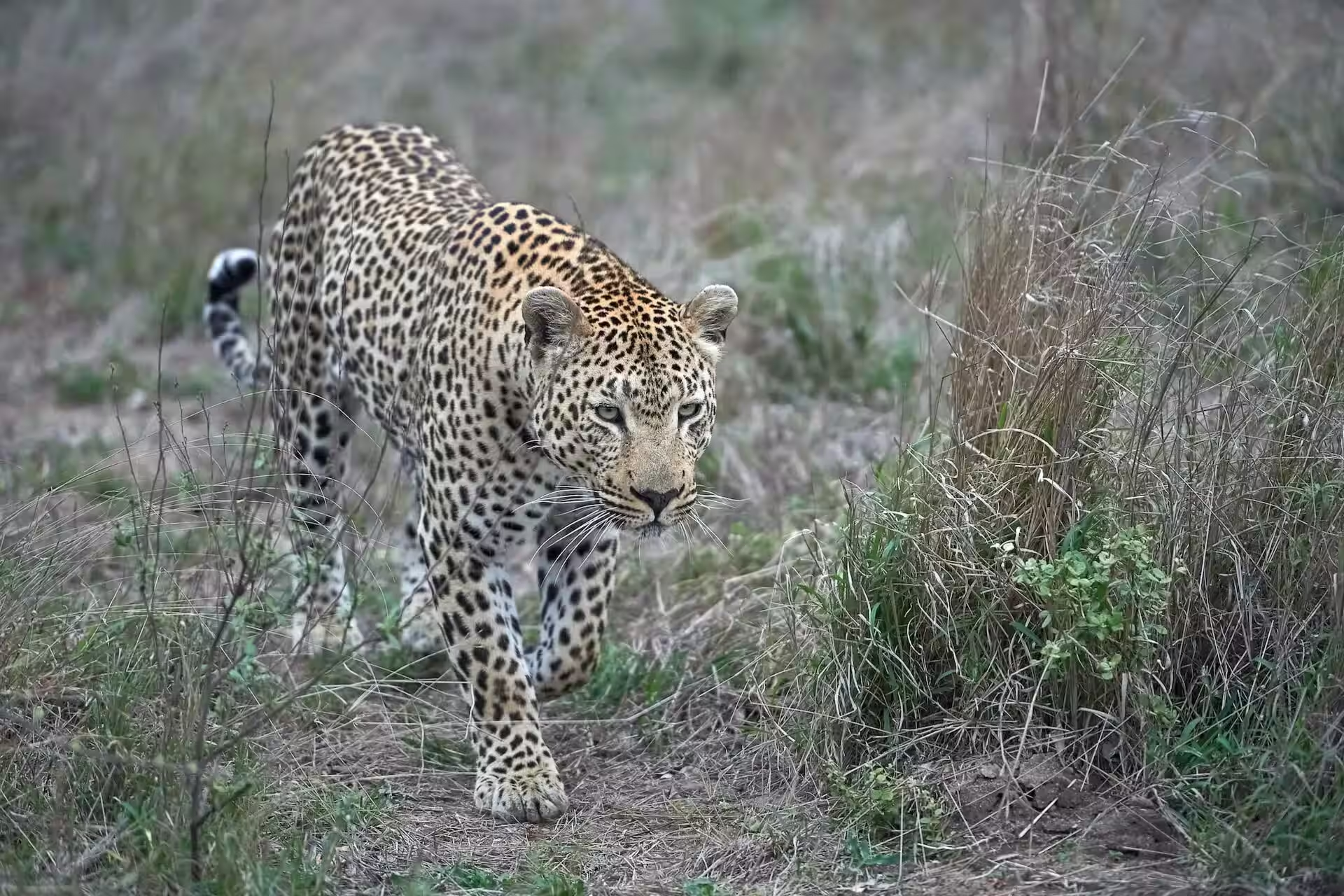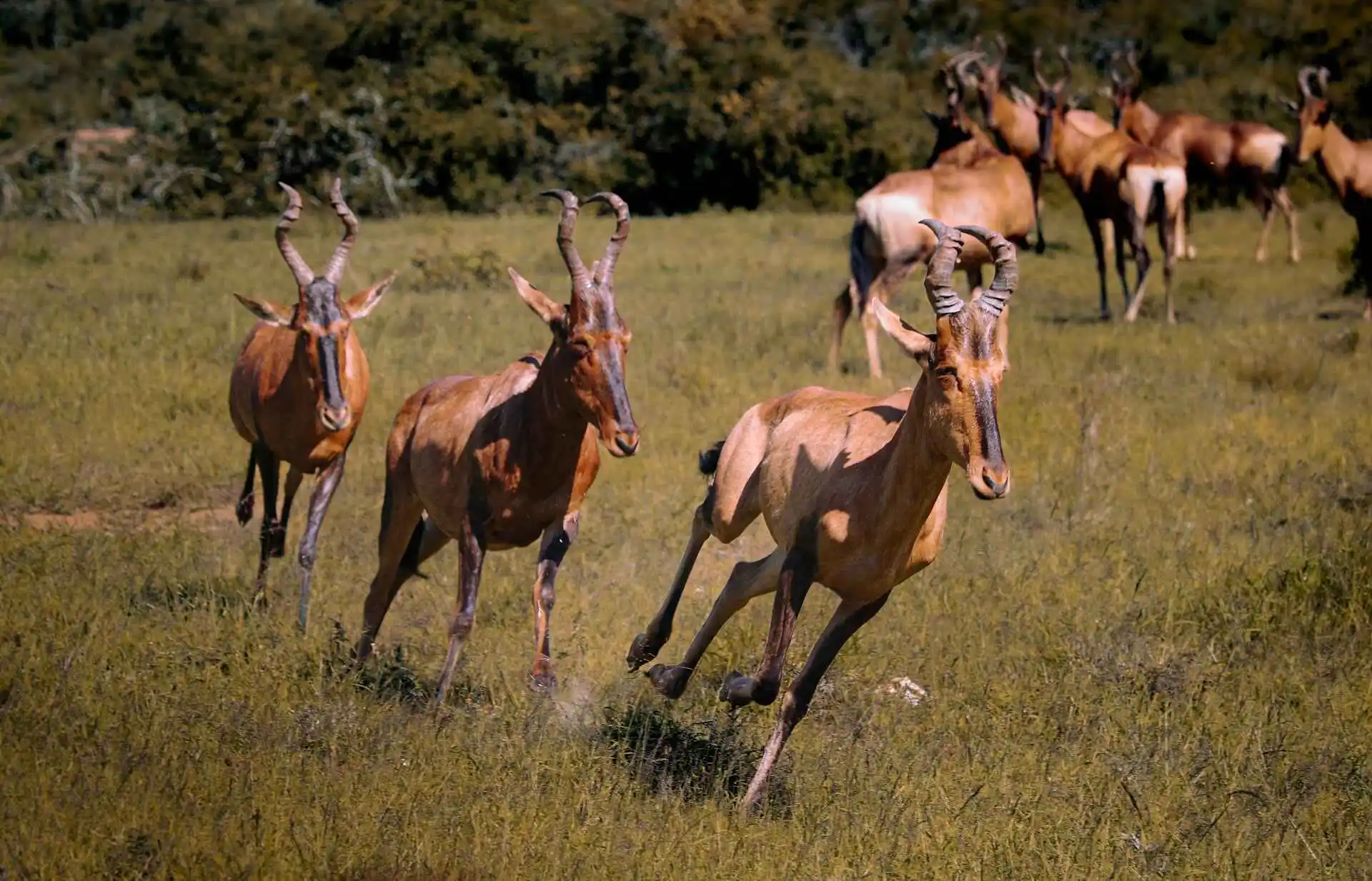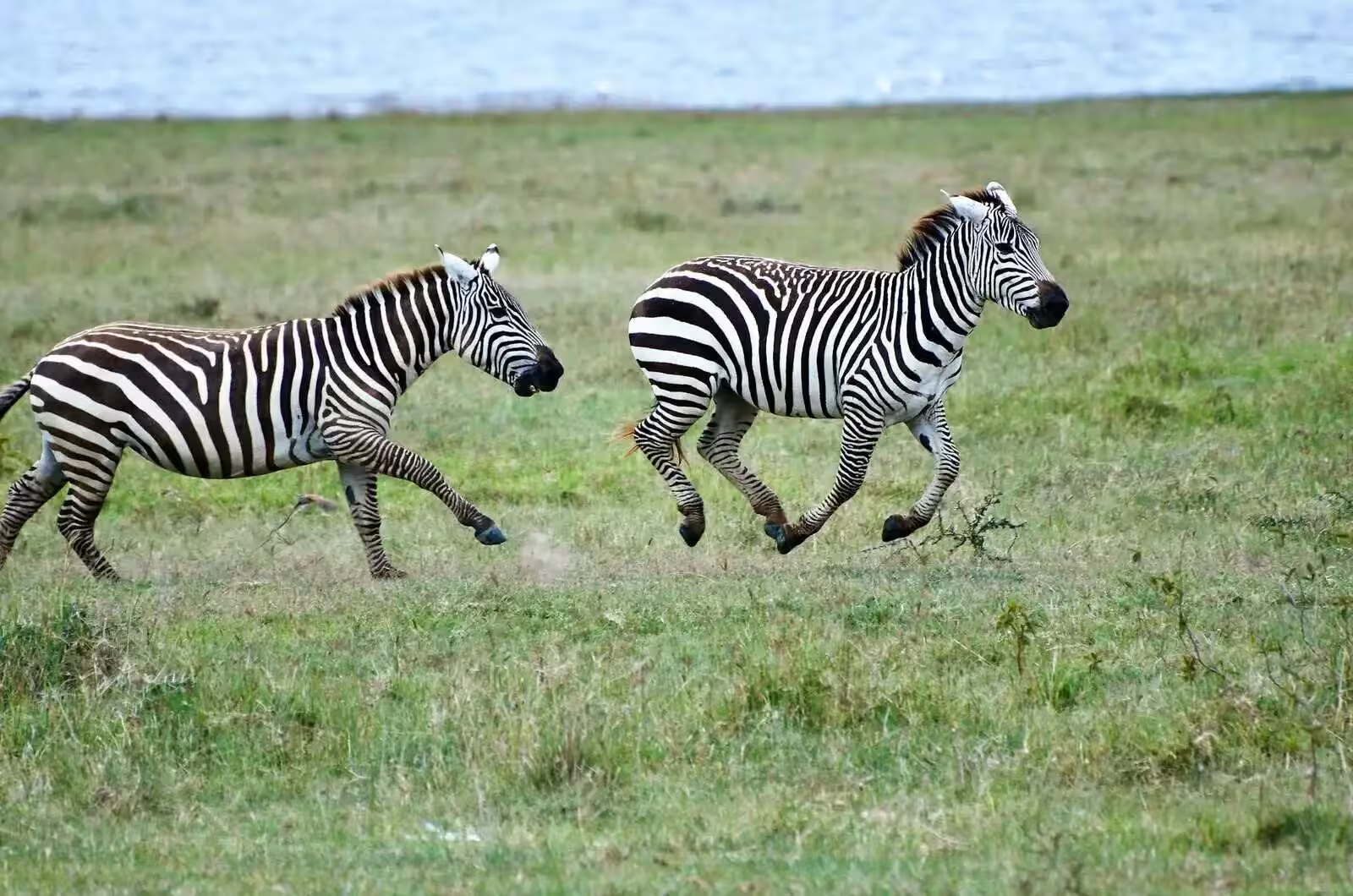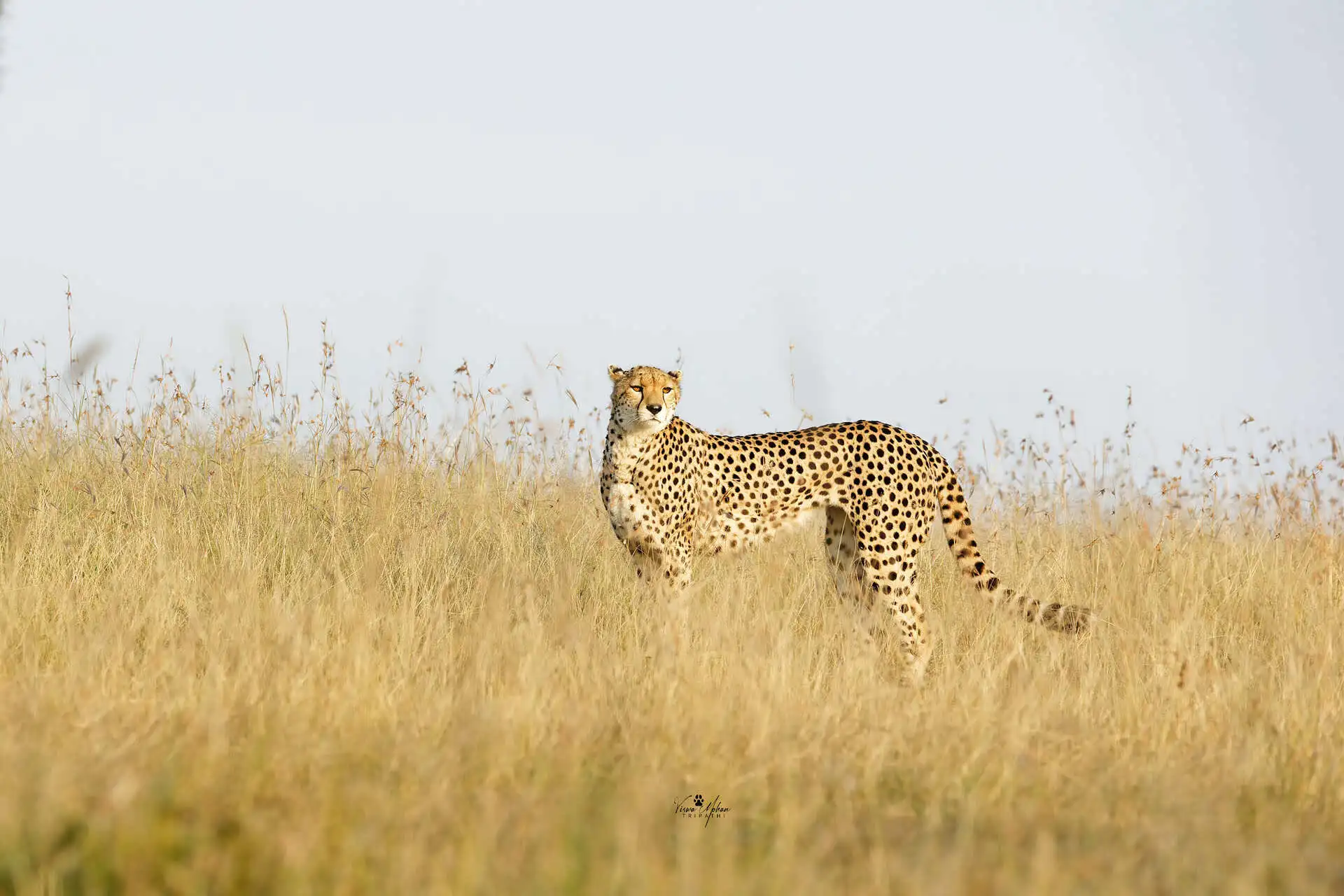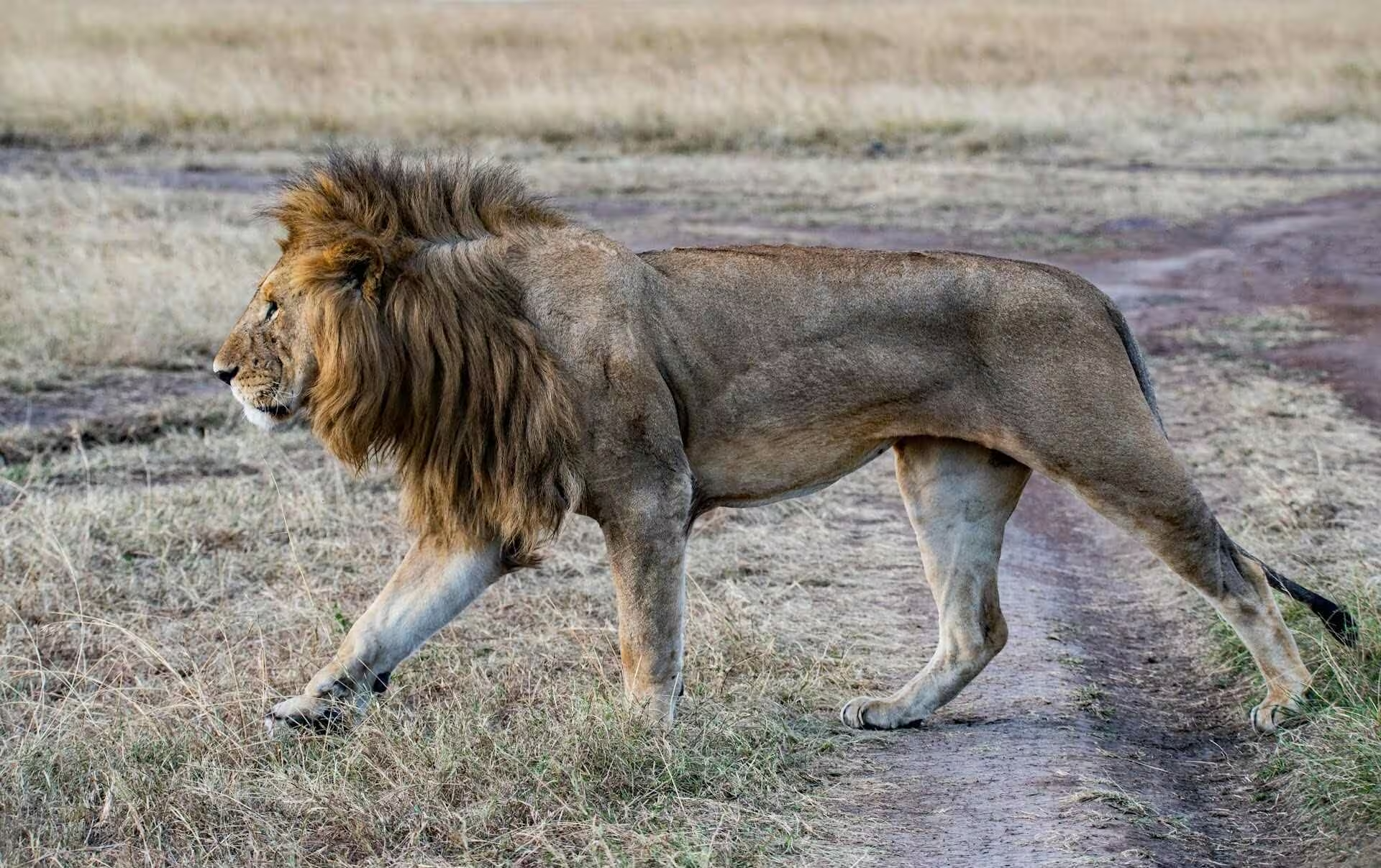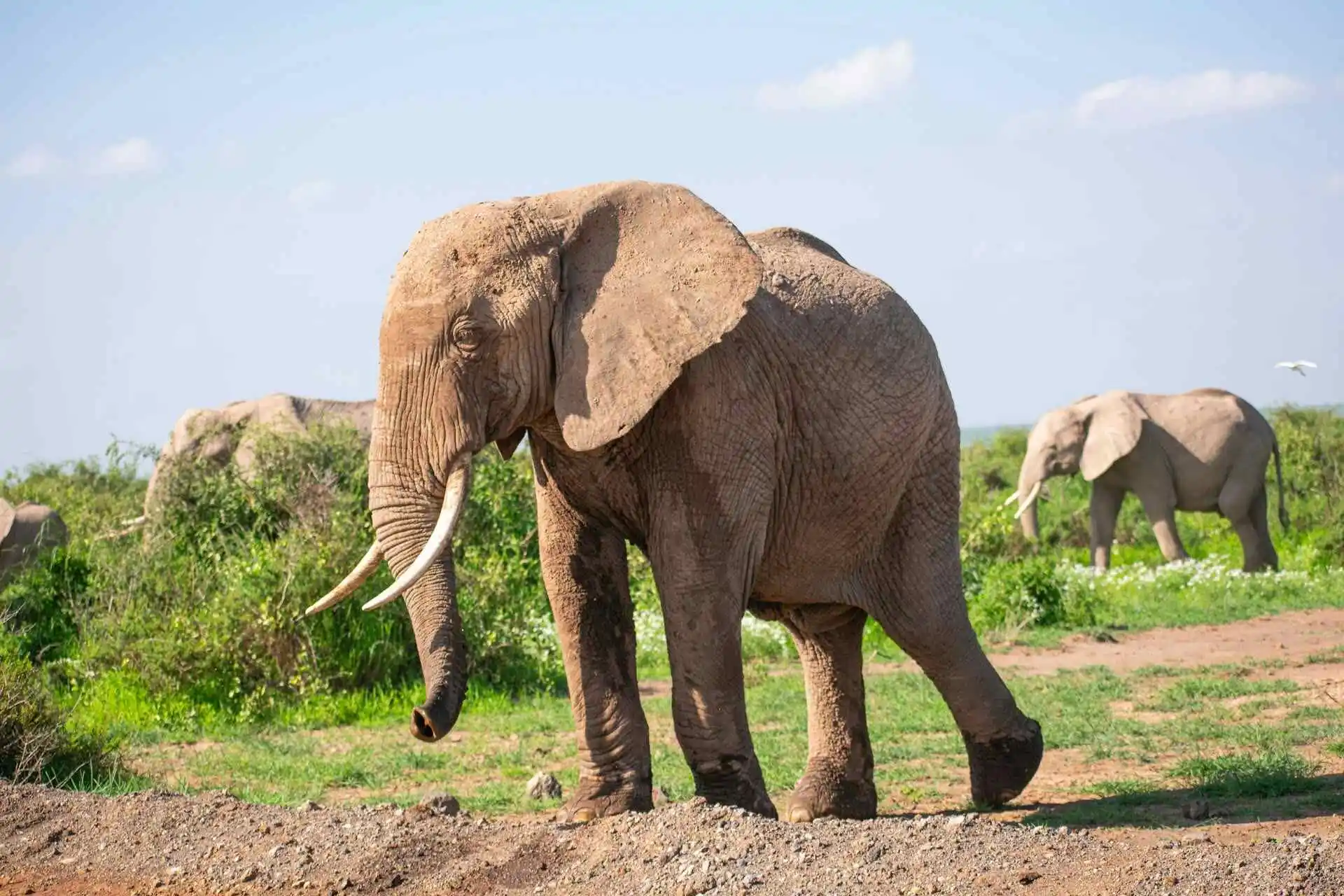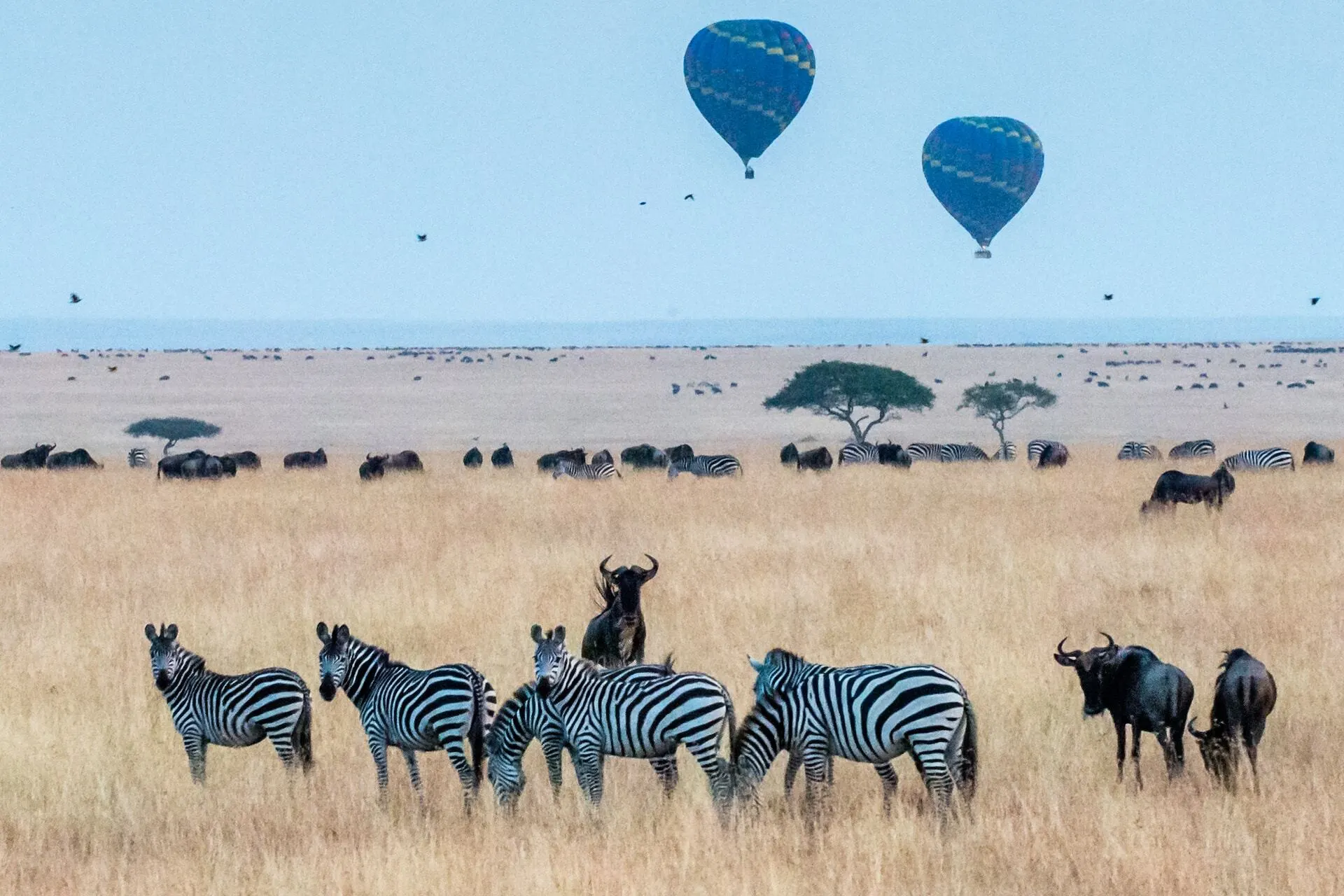First Impressions of the Turaco
The African Turaco is one of the most striking and unique birds in Africa’s forests. Known for their unique plumage and elegant movements, Turacos are truly captivating.
Their green and red feathers are not just reflections of light but contain real pigments called turacoverdin and turacin, found only in this bird family. This makes their colours more vibrant and durable when compared to other birds.
Turacos are excellent climbers, perfectly adapted to life in the treetops. Because of their strong feet and unique toe arrangement where one of the outer toes can rotate. They can easily grip branches and move through dense foliage.
You will find them in sub-Saharan Africa, where they grow in wooded environments and feed on a diet rich in fruit, leaves, and flowers.
Several species fall under the Turaco family, including the Great Blue Turaco, White-cheeked Turaco, and Violet Turaco. Each comes with its own splash of colour and song to Africa’s canopy.
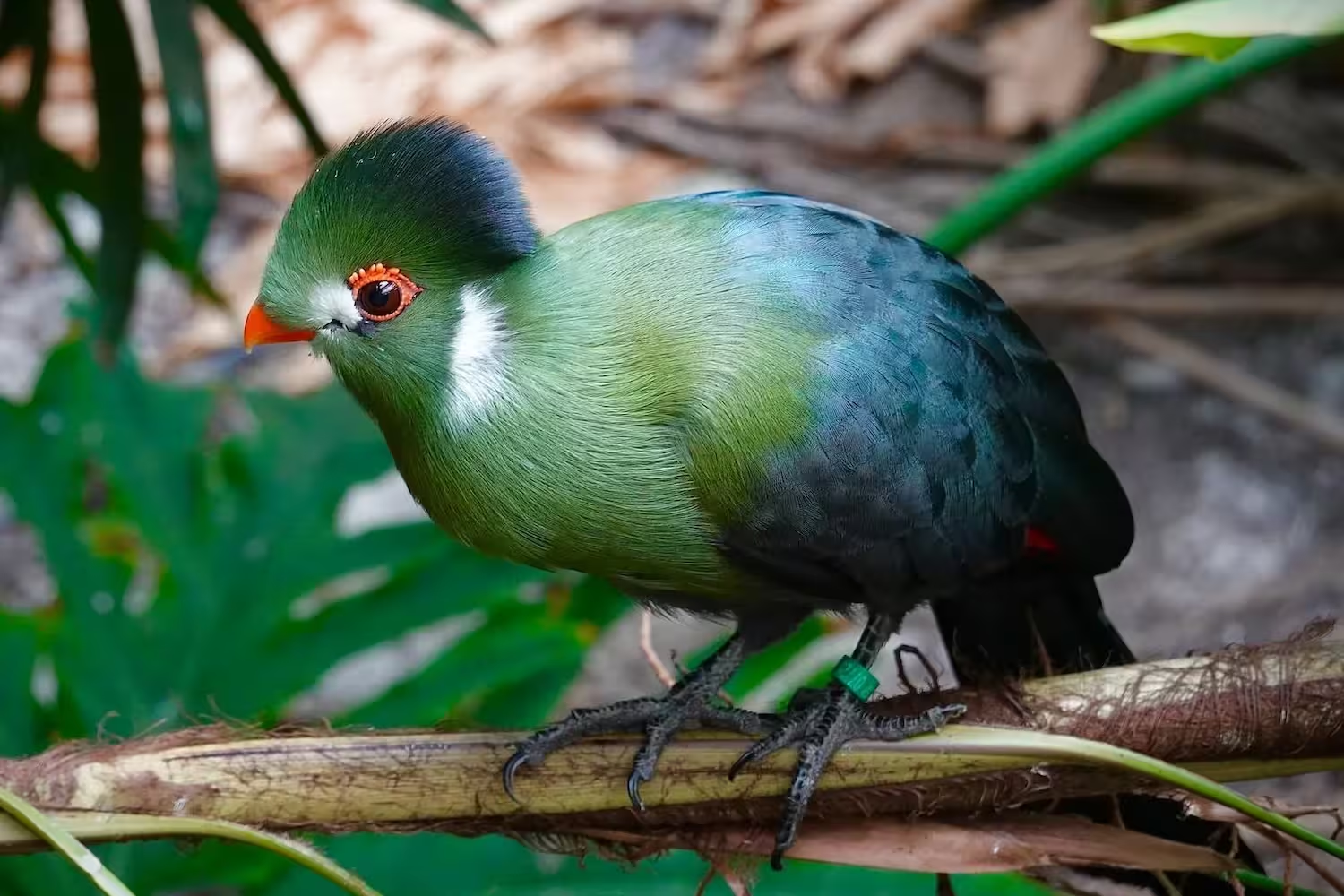
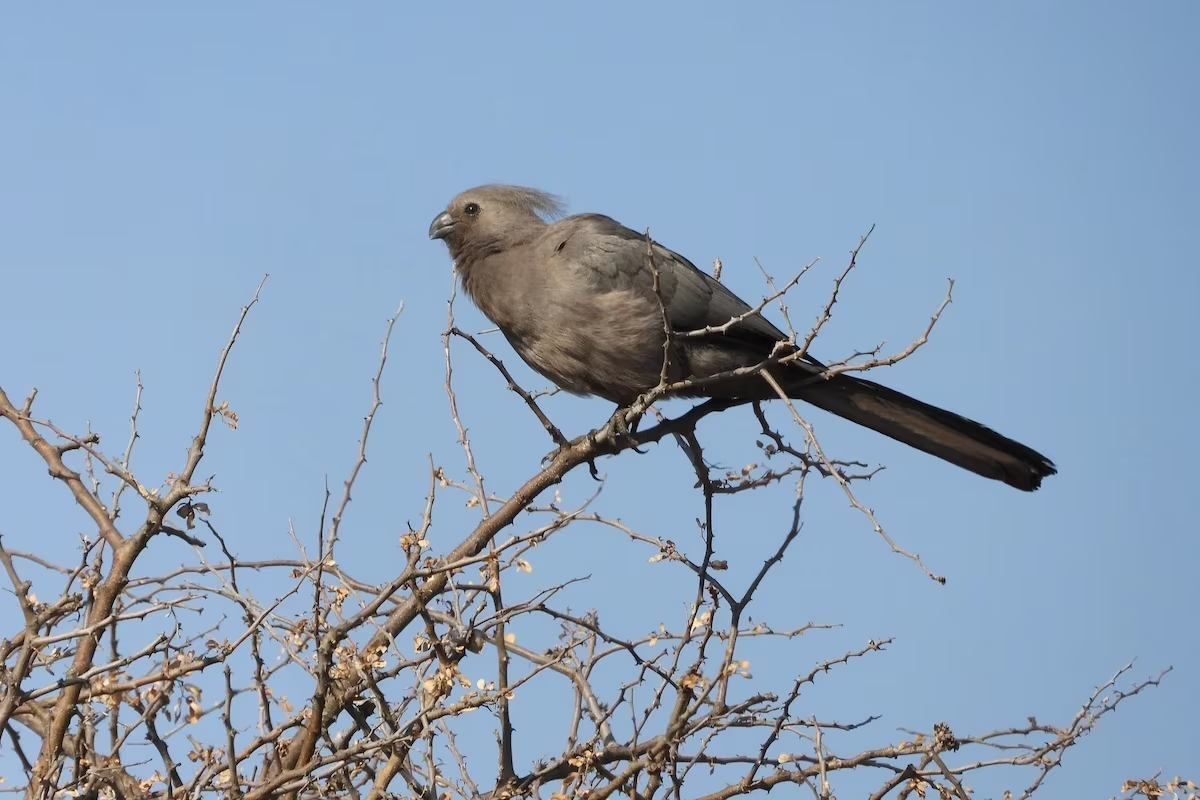
What Does a Turaco Look Like?
Turacos are medium-sized birds measuring between 40 to 75 cm in length. They have long tails, short rounded wings, and a stout, curved beak. Most species display crests atop their heads while adding a regal touch to their already impressive appearance.
Their plumage is a spectacle of colour bright green, deep red, and sometimes blue or violet. The green colour comes from turacoverdin, a copper-based pigment unique to Turacos. The red in their wing feathers often visible in flight comes from turacin.
They also have bare patches of brightly coloured skin around their eyes, which vary from red and orange to blue, depending on the species. These bold features, combined with their graceful movements make them one of the most eye-catching birds in Africa.
Quick Characteristics Table – African Turaco
| Characteristic | Description |
|---|---|
| Family | Musophagidae (Turacos, Go-away-birds) |
| Geographic Range | Endemic to Sub-Saharan Africa |
| Number of Species | ~23 |
| Size (Length) | Medium to large, 40–75 cm |
| Weight | 200 to 325 grams |
| Life Span | ~5-10 years in wild |
| Appearance | Conspicuous crests, long tail. Bright colors (green/red) due to unique copper pigments. |
| Diet | Primarily fruit (frugivorous), leaves, and insects. |
| Locomotion | Strong climbers, weak fliers. Have a versatile outer toe (semi-zygodactylous foot). |
| Social Behavior | Gregarious (groups/flocks). |
| Vocalization | Loud, deep, or piercing calls (e.g., "go-away"). |
Diet and Feeding Habits: What Do Turacos Eat?
Turacos are primarily frugivorous, meaning their diet is mainly composed of fruits. They feed on figs, berries, and a wide range of soft fruits found in the forest canopy. They consume flowers, buds, and leaves.
What sets them apart is their ability to digest certain toxic compounds found in wild fruits and plants. These compounds may also play a role in creating the copper-based pigments responsible for their colourful feathers.
Their strong, curved beaks help them pluck and crush fruit. These birds play a vital role in seed dispersal that helps in forest regeneration.
Where Can You Find Turacos?
Turacos inhabit a wide range of environments across sub-Saharan Africa. From the lowland rainforests of Central and West Africa to the montane forests of East Africa and open woodlands and savannas further south.
You can spot them in forest-rich areas such as Nyungwe Forest National Park in Rwanda or Akagera National Park where dense vegetation provides ample food and shelter.
Their exact distribution depends on the species with some being more widespread and others limited to specific ecosystems.
Although they prefer high-canopy forest environments, Turacos are adaptable and can thrive wherever there are trees and plenty of fruit-bearing plants.
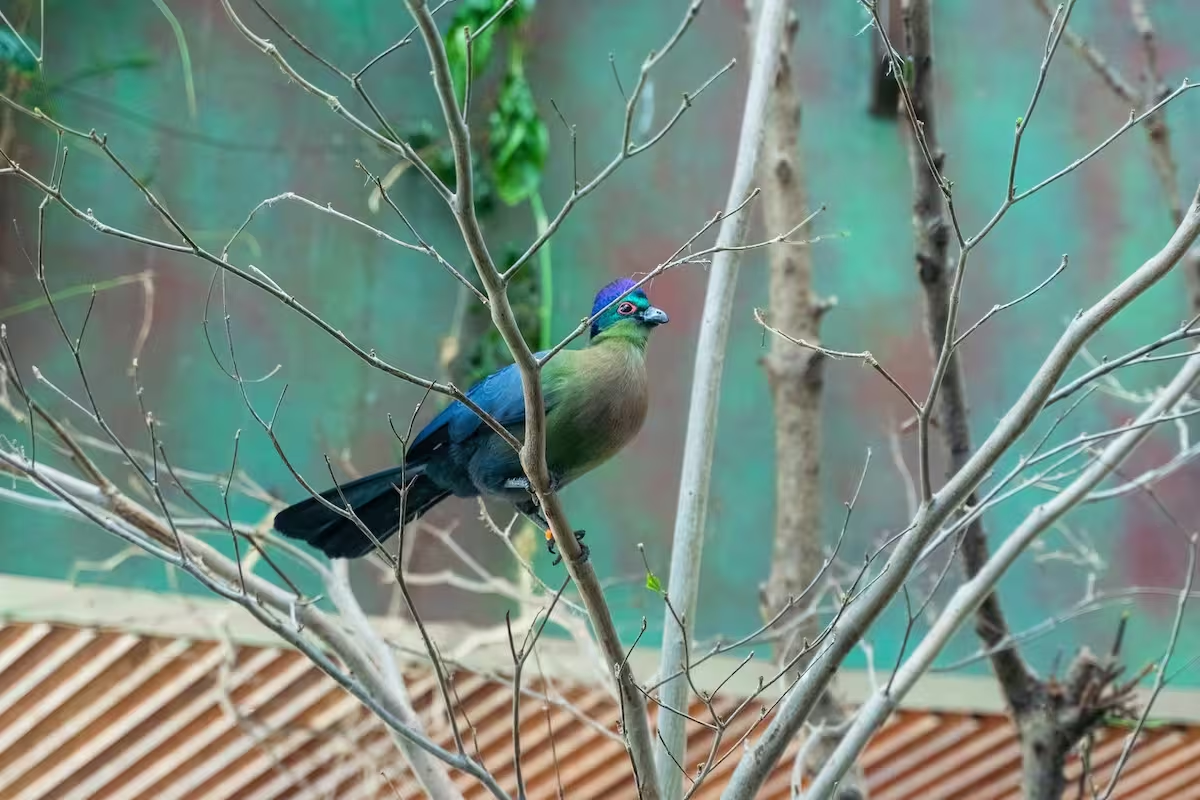
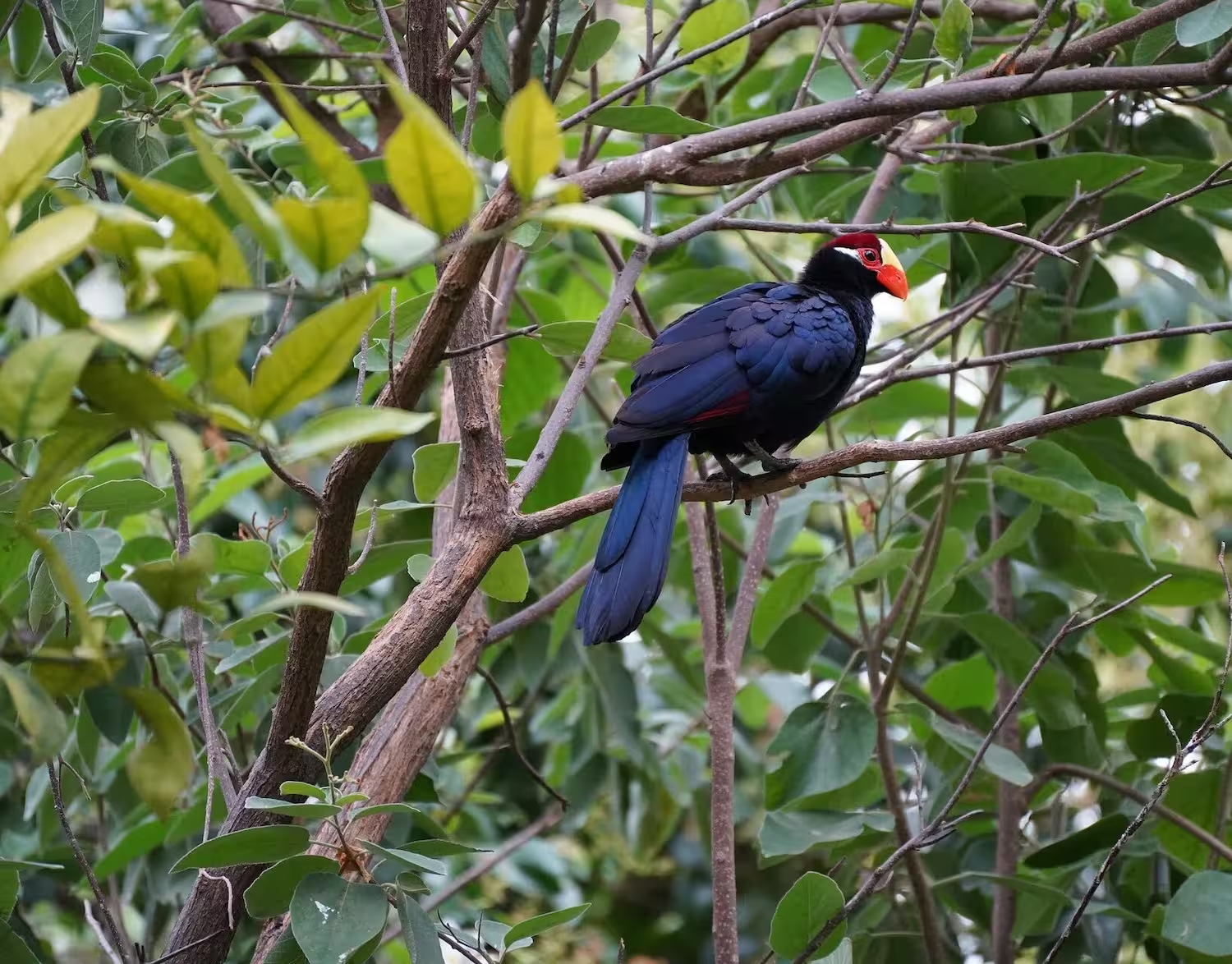
Fun Facts About the Turaco
- Turacos are the only birds that produce green and red pigments naturally rather than depending on structural coloration.
- Their outer toes can move forward and backward independently while giving them a firm grip on branches.
- They are incredibly vocal and use their distinct calls to mark territory, communicate with mates and alert others to danger.
- Turacos form strong pair bonds and are often seen in pairs or small family groups.
- Most turacos are sedentary and do not migrate long distances.
Migration Pattern: Do Turacos Travel?
Turacos are non-migratory birds. They typically stay within their home ranges throughout the year, relying on the abundance of food and shelter in their territories.
Unlike many bird species that travel thousands of kilometres seasonally, Turacos may only shift their locations slightly in response to food availability or during breeding periods.
Their sedentary nature makes them more vulnerable to habitat destruction, which is why forest conservation plays a crucial role in their survival.
Vocalization Insights: The Sounds of the Forest
Turacos are known for their distinctive vocalizations, which are as varied as their plumage. Their calls range from low-pitched kow-kow-kow sounds to high-pitched barks or yelps depending on the species. Some calls can be surprisingly loud and echo through the forest that could be territorial signalling and social bonding.
In social groups, they communicate regularly through these calls, helping them coordinate movement through dense forests and maintain social cohesion. Their melodious tunes add a rich layer to the soundscape of African forests. This is why they have earned them a reputation as one of Africa’s exotic songbirds.
Types of Turaco
There are 23 recognized species of turacos, all of which are found in Africa. They are known for their vibrant plumage, loud calls, and unique ecological roles.
Here are some of the most common turaco species found in Africa:
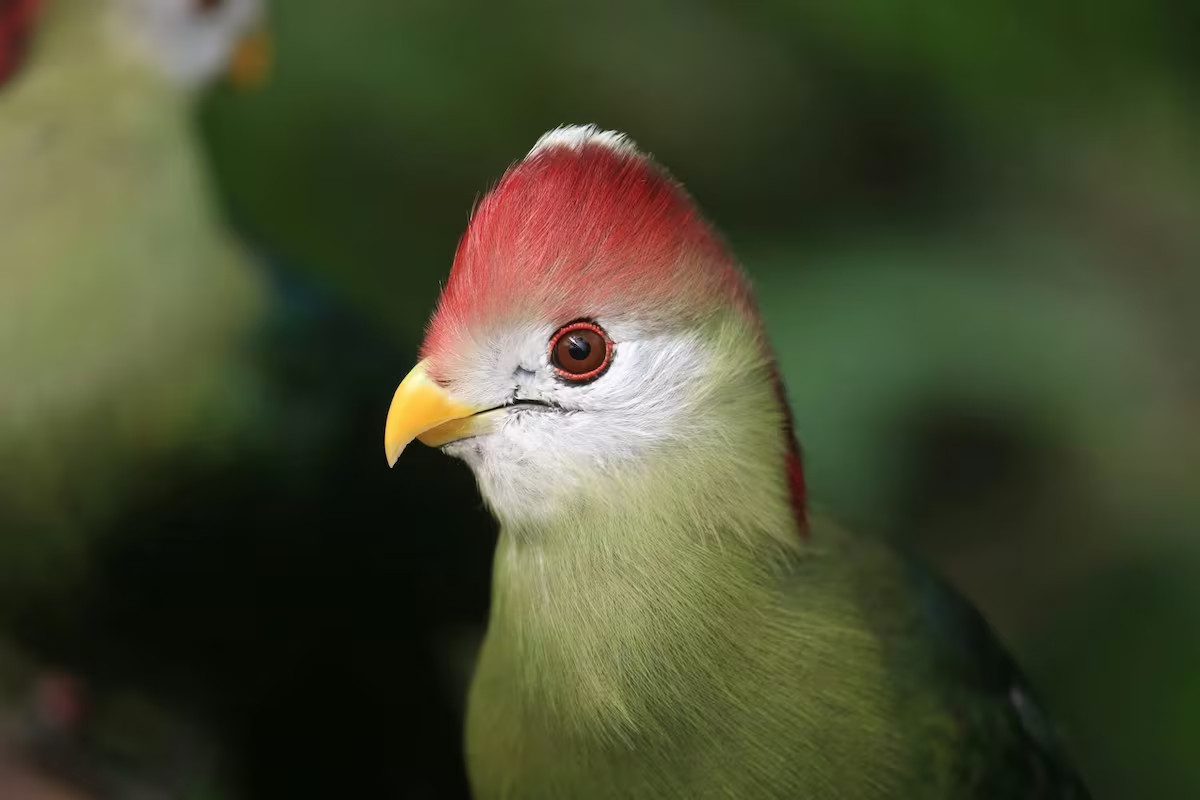
Red Crested Turaco
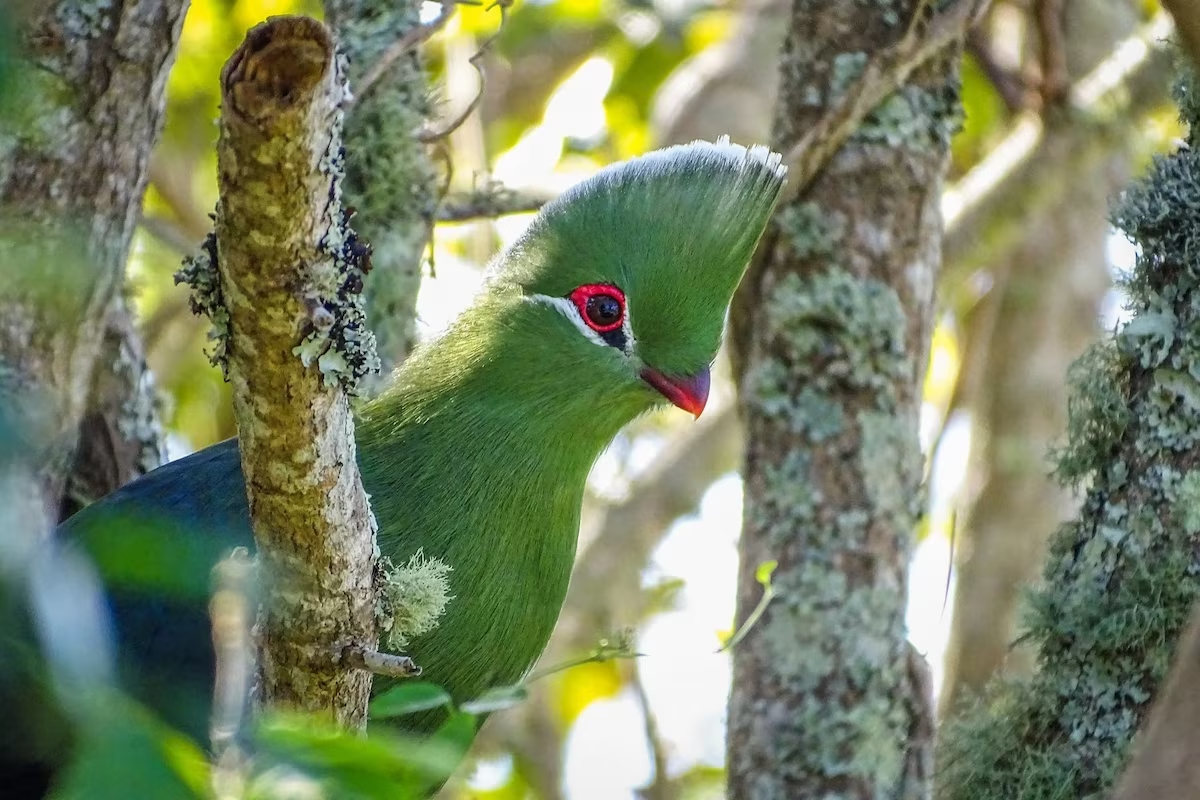
Knysna Turaco
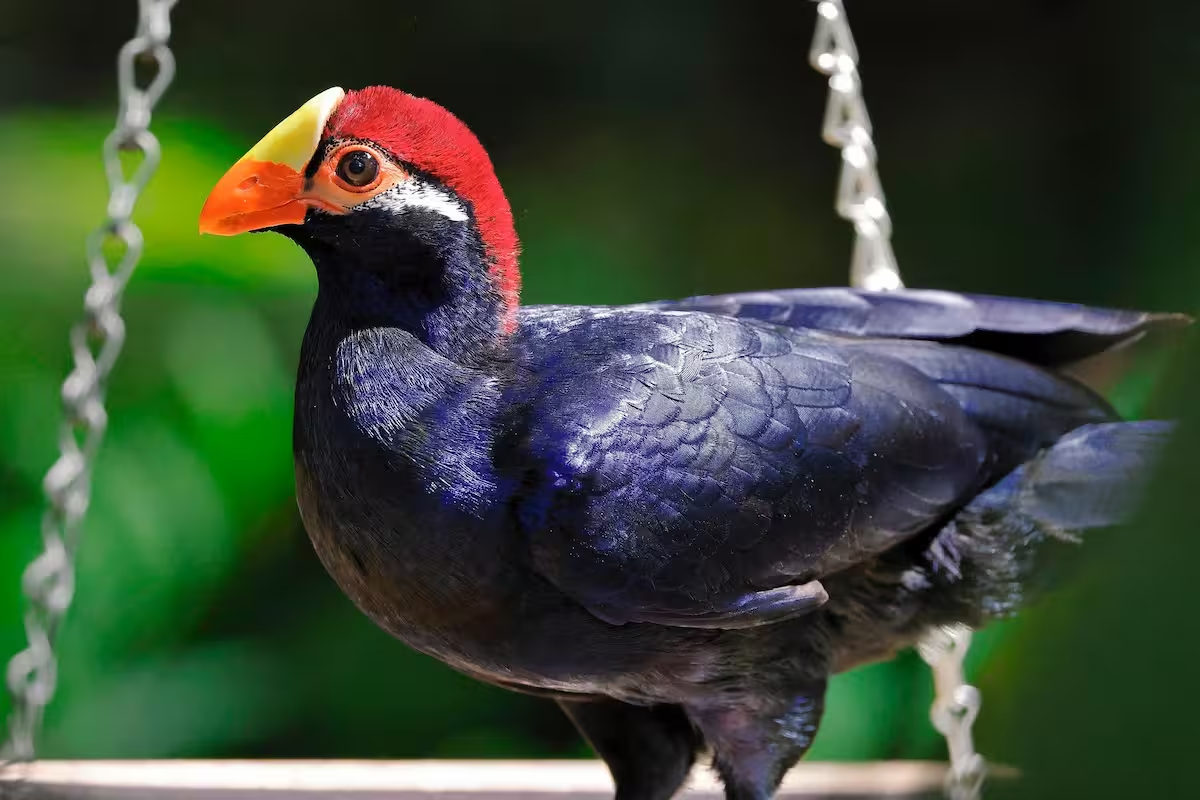
Ross’s Turaco
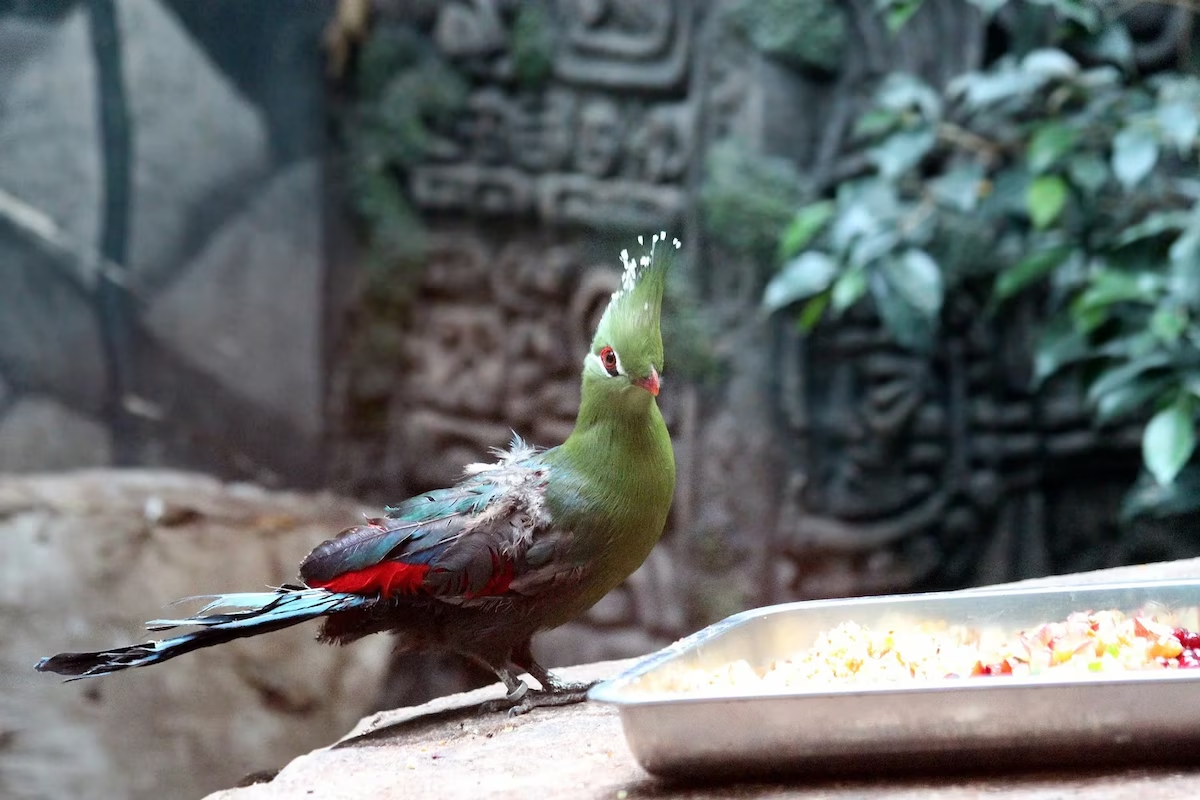
Livingstone Turaco
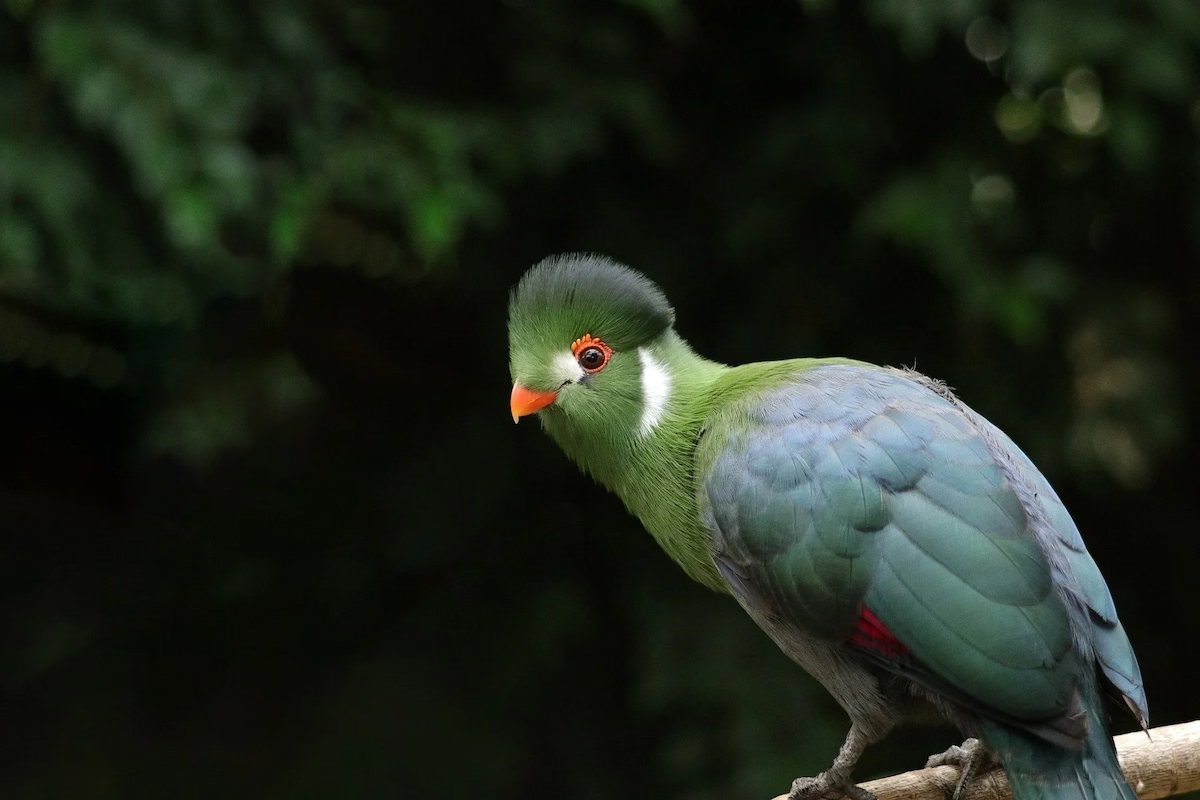
White Cheeked Turaco
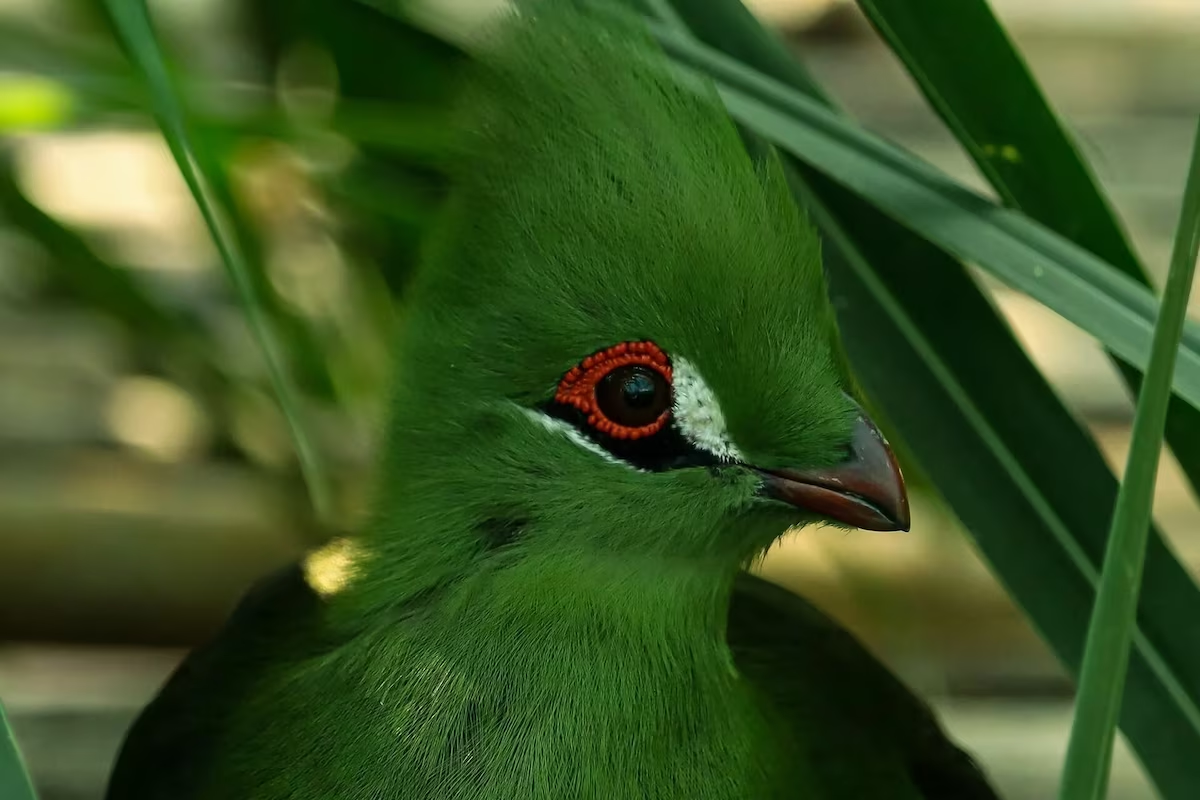
Guinea Turaco


